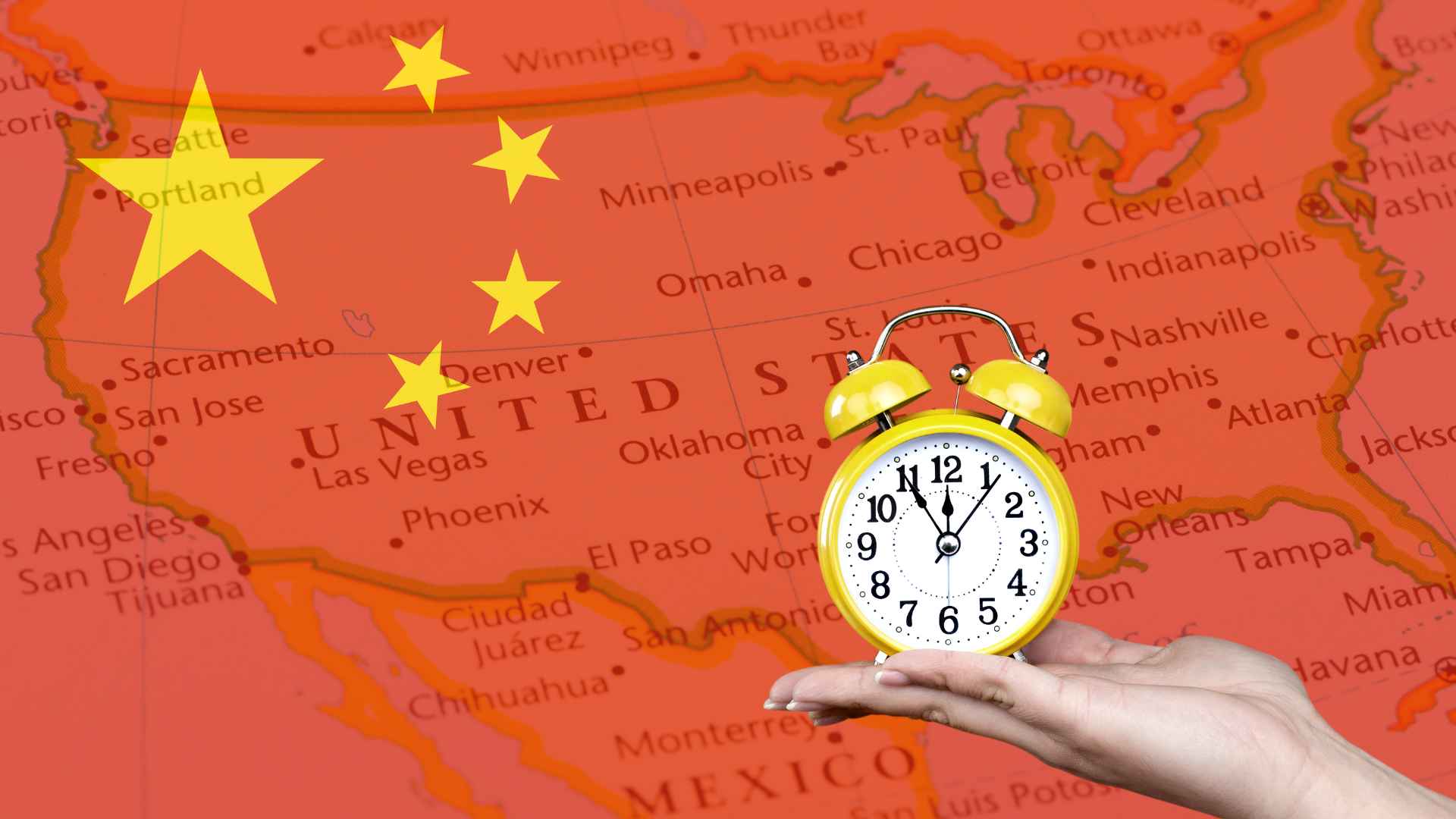Some AI startups are borrowing China’s 12‑hour, six‑day model—but experts warn it may backfire. Twelve hours on the clock, six days straight—that’s the “9‑9‑6” schedule some fast‑moving artificial‑intelligence firms now tout as the quickest route to innovation. Yet seasoned researchers and workplace psychologists say the model breeds burnout faster than breakthroughs, putting both employees and company results at risk.
Why the 9‑9‑6 work schedule alarms workplace health advocates nationwide
Born in China’s tech sector, 9‑9‑6 means clocking in at 9 a.m. and heading home at 9 p.m., Monday through Saturday. Long shifts spike chronic stress, and untreated burnout can even lead to karoshi—death from overwork.
Organizational psychologist Caitlin Collins warns that extreme schedules “erode creativity and focus,” while a British study links 11‑hour days to a 67 percent jump in heart‑attack risk. Still, some U.S. executives—think Elon Musk’s marathon email habits—praise the hustle culture. Could your boss expect the same? Below, a quick comparison of weekly workloads:
| Model | Hours per week | Overtime risk | Health outlook |
|---|---|---|---|
| Traditional 40‑hour | 40 | Minimal | Balanced energy |
| Silicon Valley “crunch” | 55 | High | Rising fatigue |
| 9‑9‑6 schedule | 72 | Extreme | Burnout, heart strain |
Potential legal and productivity repercussions employers face if they adopt 9‑9‑6 hours
U.S. labor law doesn’t forbid marathon shifts, but the Fair Labor Standards Act demands overtime pay after 40 hours, quickly inflating payroll costs—so where’s the savings? Peer‑reviewed studies show cognitive returns fall off a cliff after 50 hours a week; extra desk time often breeds more errors, re‑work, and turnover.
“Employees perform at their peak when they have flexibility,” Collins notes. Consequently, pushing 9‑9‑6 can invite ADA claims, union drives, or simple talent flight—especially from Gen Z workers who rank work‑life balance above all. So, what can employees do if whispers of 9‑9‑6 swirl in Slack?
- Track actual hours and tasks in writing.
- Request wellness data from HR to support health concerns.
- Review state‑mandated meal‑ and rest‑break rules.
- Start a candid dialogue—sometimes managers just haven’t seen the numbers.
Seek balance before the clock rules your life
The lure of nonstop hustle is understandable; deadlines feel closer and competitors loom larger. However, mounting evidence shows the cost—in health, morale, and even productivity—outweighs the bragging rights. Companies eyeing growth should invest in smarter collaboration, not longer chairs. Gen Z talent already votes with its feet for flexible, purpose‑driven work. Are leaders listening?

